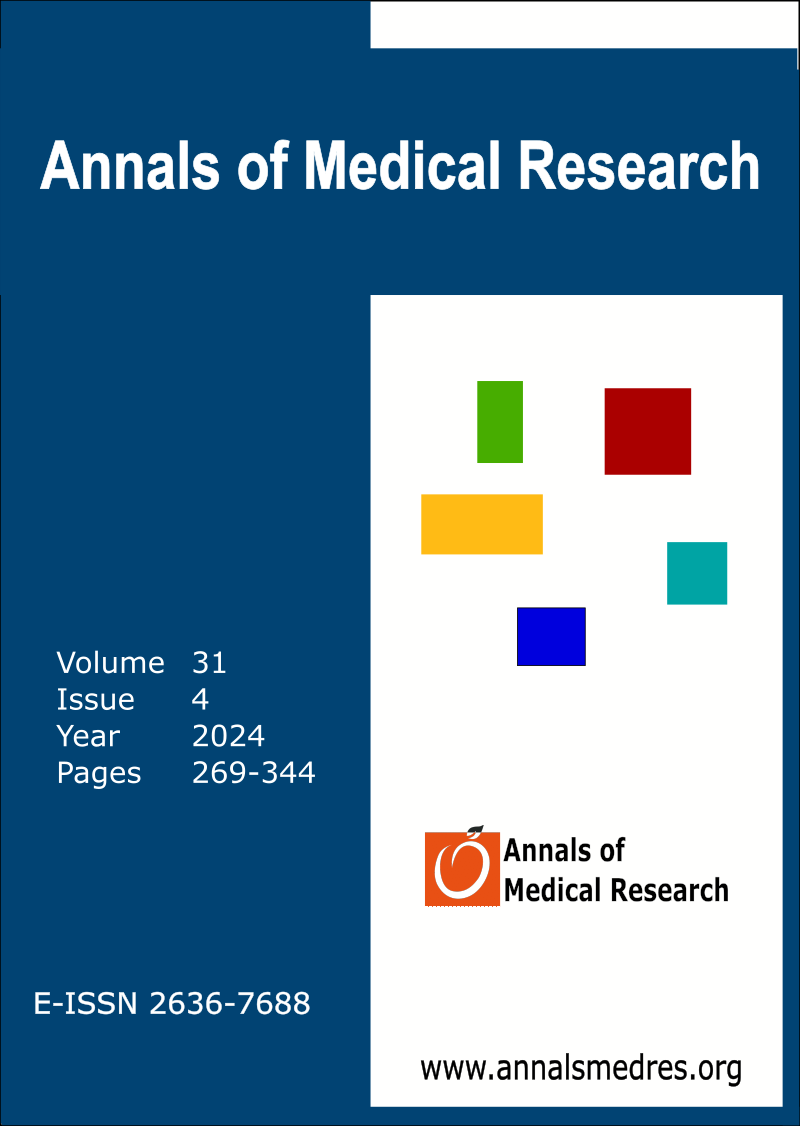Clinical and immunological features of 55 adult patients with selective IgG4 subclass deficiencies
Keywords:
IgG4, Immunodeficiency, Infections, Autoimmune diseases, AllergyAbstract
Aim: Despite intensive research on elevated IgG4 concentrations in serum, little is known about the importance of selective IgG4 subclass deficiency. We investigated the clinical and immunological characteristics of 55 patients with selective IgG4 subclass deficiency.
Materials and Methods: IgG subclass analyses performed in our hospital over 3 years were examined. The clinical features of patients with selective IgG4 subclass deficiency were reviewed, and the definitive diagnoses and the reasons for IgG subclass analysis were recorded.
Results: Of 1,675 IgG subclass analyses performed, 55 were indicative of selective IgG4 subclass deficiency. The final diagnoses associated with selective IgG4 subclass deficiency were variable. The most common clinical finding was recurrent infections (33 patients, 60%), and most had upper respiratory tract infections (18 patients, 54.5%). Allergic diseases were noted in 25 patients (45.4%) and were the second most common conditions. Allergic rhinitis was the most frequent allergic disease. Autoimmune diseases were noted in 18 patients (32.7%), Hashimoto thyroiditis being the most frequent.
Conclusion: This is the first study of adult selective IgG4 subclass deficiency at a single tertiary medical center in Turkey. In patients with IgG4 deficiency, while the primary concern is the presence of recurrent infections, consideration should also be given to allergic and autoimmune diseases.
Downloads
Published
Issue
Section
License
Copyright (c) 2024 The author(s)

This work is licensed under a Creative Commons Attribution-NonCommercial-NoDerivatives 4.0 International License.
CC Attribution-NonCommercial-NoDerivatives 4.0






